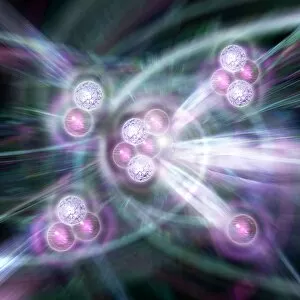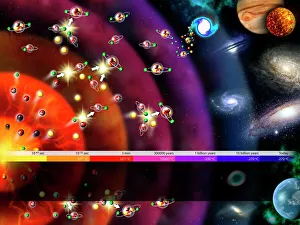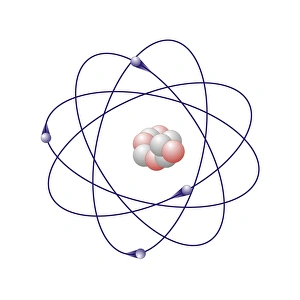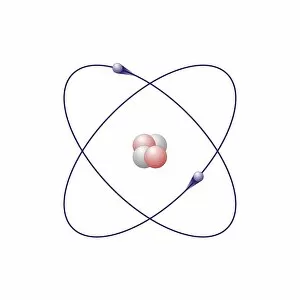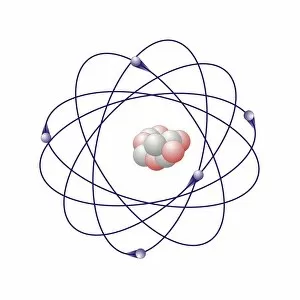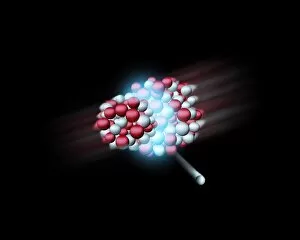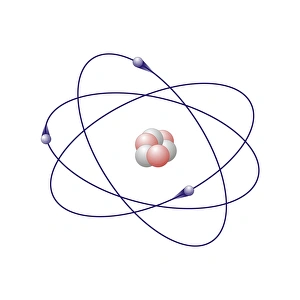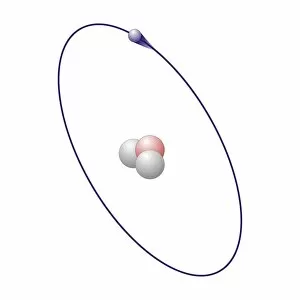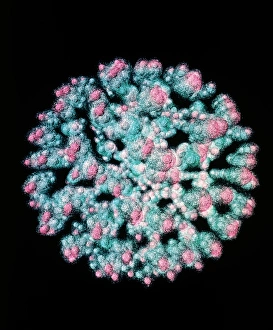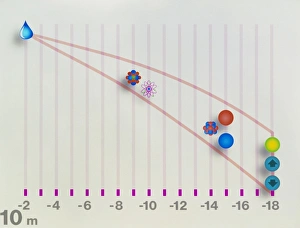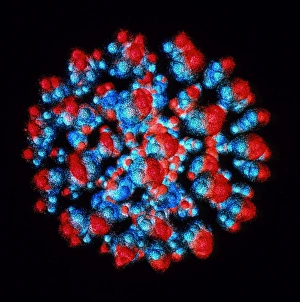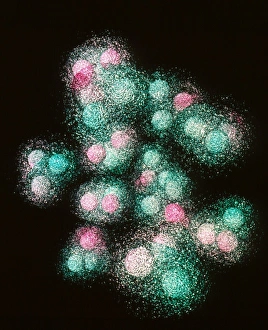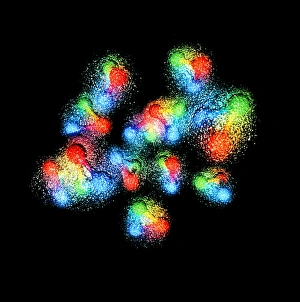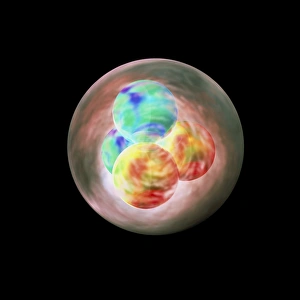Atomic Nucleus Collection
The atomic nucleus, a fundamental component of the universe's evolution, is an intricate masterpiece that captivates both scientists and artists alike
All Professionally Made to Order for Quick Shipping
The atomic nucleus, a fundamental component of the universe's evolution, is an intricate masterpiece that captivates both scientists and artists alike. From visualizations showcasing the quark structure of carbon to detailed atomic models of elements like beryllium, helium, and boron, we are able to delve into the very essence of matter. Through breathtaking artwork depicting nuclear fusion, such as C017 / 7666 and its counterparts C017 / 7664 and C017 / 7665, we witness the immense power generated when atoms merge together in a celestial dance. These mesmerizing visuals remind us of the incredible forces at play within stars and their role in shaping our cosmos. In a science book conceptual artwork, we find ourselves immersed in knowledge about this enigmatic core. Its pages unfold with explanations on how heavy atomic nuclei collide with unimaginable energy - an awe-inspiring event portrayed vividly through captivating illustrations. As we explore further into this realm of scientific wonderment, we encounter atomic models representing lithium and deuterium. These intricately designed structures reveal the inner workings of these elements at their most basic level. The beauty lies not only in unraveling these mysteries but also appreciating how they contribute to our understanding of the universe's grand tapestry. The atomic nucleus serves as a gateway to comprehending cosmic evolution while simultaneously inspiring artistic expressions that attempt to capture its essence. Whether it be through scientific exploration or creative interpretation, humanity continues its quest for knowledge about this tiny yet immensely powerful entity known as the atomic nucleus.

